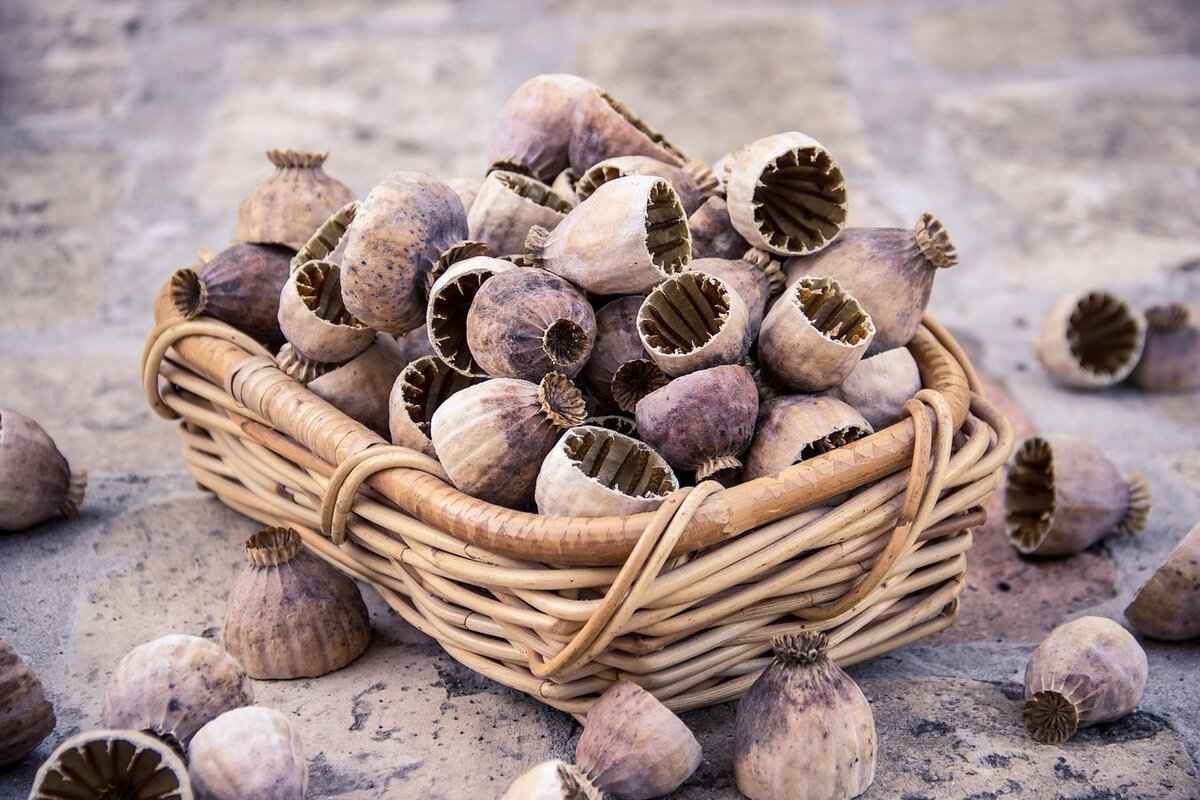This article delves into the delightful world of chia seed pudding made with milk, emphasizing the importance of achieving a creamy texture that tantalizes your taste buds. As you explore this guide, you will uncover essential tips, tricks, and variations that will help you create the perfect pudding every time.
What Are Chia Seeds and Their Benefits?
Chia seeds are tiny, nutrient-dense superfoods that have gained popularity in recent years. They are an excellent source of omega-3 fatty acids, fiber, and protein, making them a fantastic addition to any diet. These tiny seeds can absorb many times their weight in liquid, which is what makes them ideal for creating creamy puddings.
How to Choose the Right Milk for Chia Seed Pudding?
Selecting the right milk is crucial for achieving the desired creaminess in your chia seed pudding. You can opt for dairy milk, such as whole or almond milk, or explore plant-based alternatives like coconut, oat, or soy milk. Each type of milk brings its own unique flavor and texture, so feel free to experiment to find your favorite combination.
What is the Perfect Chia Seed to Milk Ratio?
Finding the ideal chia seed to milk ratio is key to a perfect pudding. A common ratio is 1:4 (one part chia seeds to four parts milk). This ratio ensures that your pudding achieves a creamy consistency without being too thick or too runny. Adjusting the ratio slightly can yield different textures, so it’s worth trying various measurements to see what you prefer.
How to Prepare Chia Seed Pudding with Milk?
Preparing chia seed pudding is simple and quick. Start by combining your chosen milk and chia seeds in a bowl or jar. Stir the mixture well to prevent clumping, then let it sit for about 5-10 minutes before stirring again. Cover the container and refrigerate for at least 2 hours or overnight for best results. This soaking time allows the chia seeds to expand and absorb the liquid, resulting in a creamy pudding.
How Long Should You Let Chia Seed Pudding Sit?
The soaking time for chia seeds directly influences the pudding’s texture. For a creamy consistency, it’s recommended to let the mixture sit for at least 2 hours. However, if time allows, soaking overnight will yield a thicker, more luxurious pudding.
What Flavor Variations Can You Add to Chia Seed Pudding?
Enhancing your chia seed pudding with flavors can take it to the next level. Consider adding vanilla extract, cocoa powder, or fresh fruits such as berries or bananas to create delicious variations. You can also sweeten your pudding with honey or maple syrup to suit your taste preferences.
How to Serve Chia Seed Pudding Creatively?
Serving chia seed pudding can be a fun and creative experience. Consider layering your pudding with yogurt or granola in a glass for a visually appealing dessert. Top it off with fresh fruits, nuts, or seeds for added texture and flavor. The presentation can elevate your dish, making it perfect for brunch or dessert.
Are There Any Common Mistakes to Avoid?
Avoiding common pitfalls can help you achieve the perfect chia seed pudding. One frequent mistake is not stirring the mixture well after adding the chia seeds, which can lead to clumping. Another is using too little liquid, which can result in a dry pudding. Always follow the recommended ratios and stir thoroughly to ensure a smooth texture.
How to Store Chia Seed Pudding for Maximum Freshness?
Proper storage techniques are essential for maintaining the quality of your chia seed pudding. Store your pudding in an airtight container in the refrigerator, where it can last for up to 5 days. If you notice any separation, simply give it a good stir before enjoying.
What Are the Nutritional Facts of Chia Seed Pudding?
Understanding the nutritional profile of chia seed pudding can help you appreciate its health benefits. A typical serving can contain around 150 calories, with a good balance of macronutrients including protein, fiber, and healthy fats. This makes chia seed pudding not only a delicious treat but also a nutritious option for any meal.

What Are Chia Seeds and Their Benefits?
Chia seeds are tiny, nutrient-dense superfoods that have gained popularity in health circles for their impressive health benefits. These small, black or white seeds come from the Salvia hispanica plant, which is native to Mexico and Guatemala. Despite their small size, chia seeds are packed with essential nutrients, making them a fantastic addition to any diet.
Chia seeds are an excellent source of several important nutrients, including:
- Omega-3 Fatty Acids: Chia seeds are one of the richest plant sources of omega-3 fatty acids, which are essential for heart health and cognitive function.
- Fiber: With about 11 grams of fiber per ounce, chia seeds can help promote digestive health and keep you feeling full longer.
- Protein: Chia seeds contain all nine essential amino acids, making them a complete protein source for vegetarians and vegans.
- Antioxidants: These seeds are loaded with antioxidants that help combat oxidative stress and inflammation in the body.
- Minerals: Chia seeds are rich in calcium, magnesium, and phosphorus, which are vital for bone health.
The health benefits of chia seeds are numerous:
- Heart Health: The omega-3 fatty acids in chia seeds can help lower cholesterol levels and reduce the risk of heart disease.
- Weight Management: High fiber content promotes satiety, which can aid in weight loss by reducing overall calorie intake.
- Blood Sugar Control: Chia seeds can slow down the absorption of sugar in the bloodstream, making them beneficial for people with diabetes.
- Bone Health: The calcium and magnesium in chia seeds support strong bones and teeth.
- Improved Digestion: The soluble fiber in chia seeds absorbs water and forms a gel-like substance, which can help regulate bowel movements.
Incorporating chia seeds into your diet is easy and versatile. Here are some popular ways:
- Add them to smoothies for a nutrient boost.
- Mix them into yogurt or oatmeal for added texture and nutrition.
- Use them in baking recipes, such as muffins or bread.
- Make chia seed pudding by soaking them in milk or a plant-based alternative.
In summary, chia seeds are a powerful superfood that can enhance your overall health. Their rich nutrient profile and numerous health benefits make them an excellent choice for anyone looking to improve their diet. Whether you sprinkle them on your meals or incorporate them into recipes, these tiny seeds can have a big impact on your health.
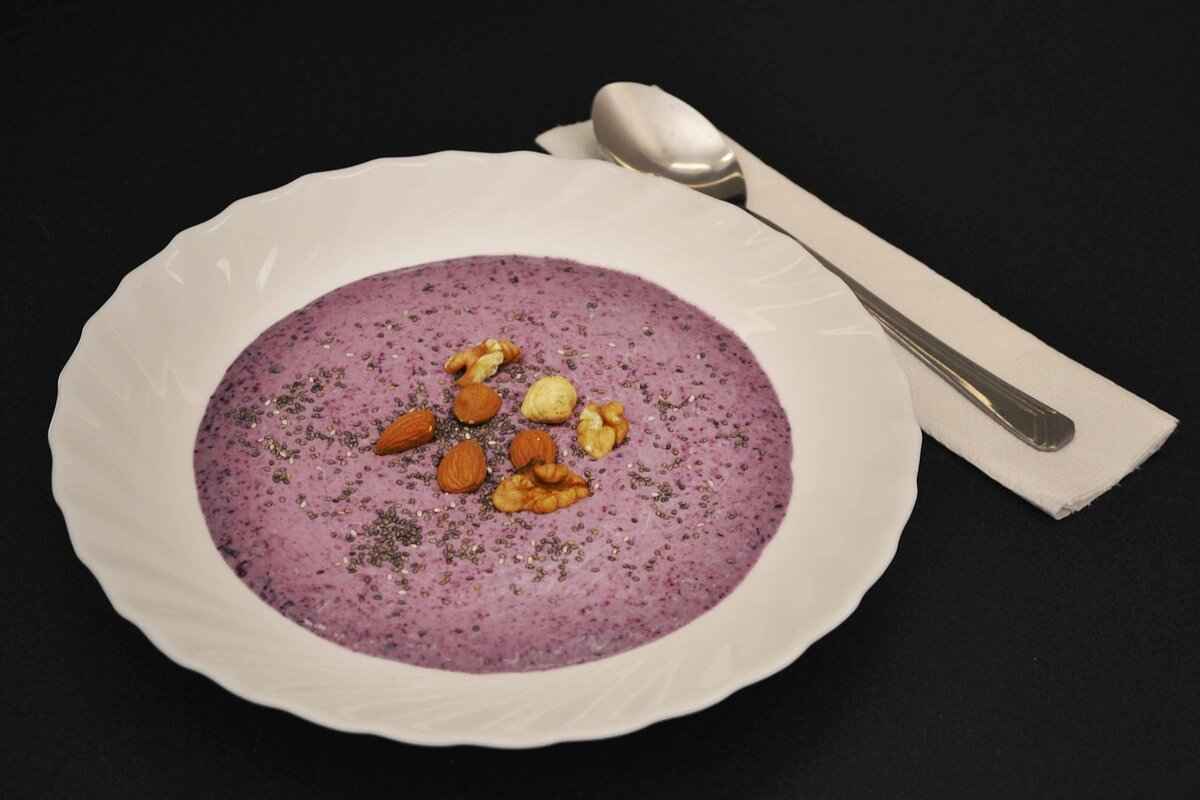
How to Choose the Right Milk for Chia Seed Pudding?
When it comes to creating the perfect chia seed pudding, choosing the right type of milk is essential for achieving that desired creaminess. The milk you select can significantly influence not only the texture but also the flavor of your pudding. With a plethora of options available, both dairy and plant-based, it’s important to understand how each choice can impact your final dish.
The type of milk you use plays a pivotal role in the creaminess of your chia seed pudding. Different milks have varying fat contents, flavors, and nutritional profiles that can enhance or detract from the overall experience. For example, dairy milk tends to provide a rich, creamy texture due to its higher fat content, while almond milk offers a lighter option with a distinct nutty flavor.
- Whole Milk: Offers the richest flavor and creamiest texture due to its high fat content.
- 2% Milk: Provides a balance between creaminess and lower fat, making it a popular choice.
- Skim Milk: While lower in calories, it may result in a less creamy pudding.
For those who prefer non-dairy options, there are numerous plant-based milks to consider:
- Almond Milk: Light and slightly sweet, it’s a great choice for a refreshing pudding.
- Coconut Milk: Rich and creamy, it adds a tropical twist to your chia pudding.
- Oat Milk: Known for its creamy texture, it blends well with chia seeds and enhances flavor.
- Soy Milk: A protein-rich option that offers a creamy texture, comparable to dairy milk.
When selecting your milk, think about the flavors you wish to incorporate into your chia seed pudding. For example, if you plan to add vanilla or cocoa, a coconut milk base could complement these flavors beautifully. On the other hand, if you prefer fruit toppings, almond or oat milk may provide a more neutral backdrop.
The ratio of chia seeds to milk is just as important as the type of milk used. A common starting point is 1/4 cup of chia seeds to 1 cup of milk. However, you may need to adjust this based on the creaminess of the milk you choose. Thicker milks may require slightly less chia, while thinner options can benefit from a bit more.
In summary, the milk you choose for your chia seed pudding can dramatically affect the texture and flavor of your dish. By understanding the various options available, from dairy to plant-based alternatives, you can select the perfect milk to create a creamy, delicious pudding tailored to your taste preferences. Don’t hesitate to experiment with different combinations to discover your ideal recipe!
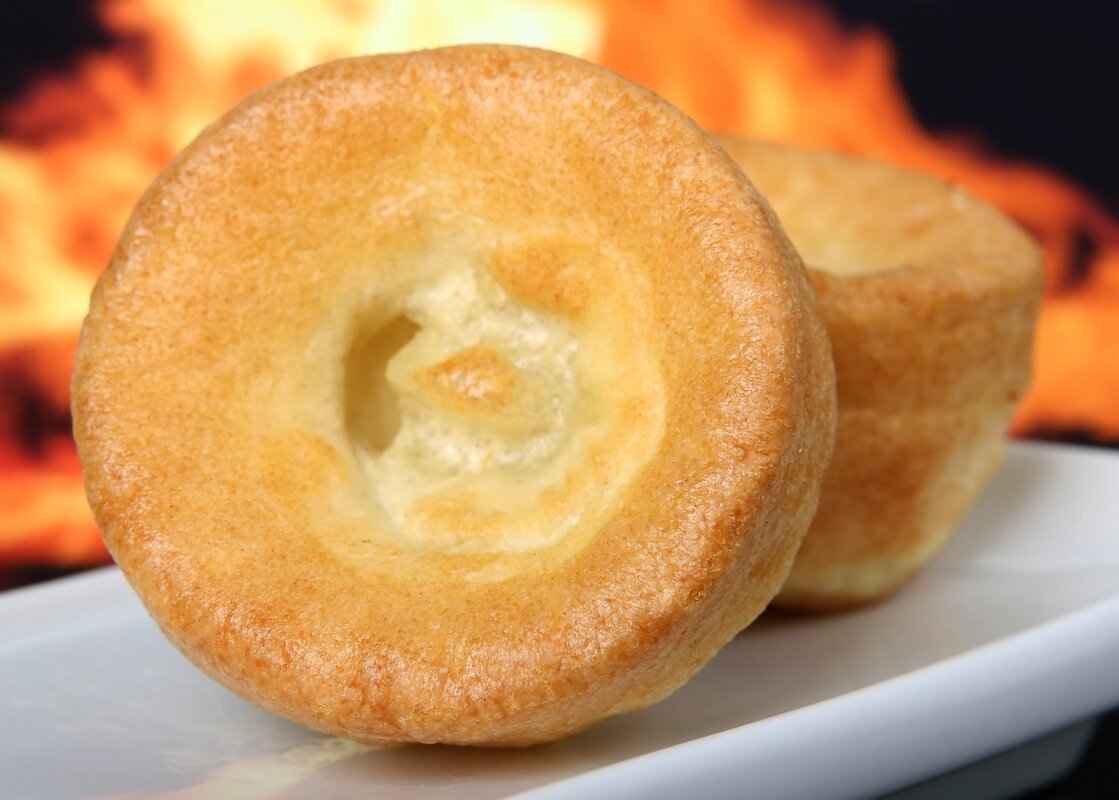
What is the Perfect Chia Seed to Milk Ratio?
When it comes to creating the perfect chia seed pudding, understanding the ideal chia seed to milk ratio is essential. This ratio not only influences the texture but also the overall flavor of the pudding. In this section, we will explore the recommended measurements and tips to help you achieve a pudding that is both creamy and satisfying.
Generally, the most popular ratio for chia seeds to milk is 1:4. This means for every 1 tablespoon of chia seeds, you should use 4 tablespoons of milk. This ratio provides a delightful balance, allowing the seeds to absorb the liquid without becoming overly gelatinous. However, depending on your personal preference for thickness, you can adjust this ratio slightly.
For a thicker pudding, consider using a 1:3 ratio. This will yield a denser texture, perfect for those who enjoy a more substantial dessert. On the other hand, if you prefer a lighter pudding, a 1:5 ratio might be more suitable. This will result in a smoother consistency, ideal for drizzling over fruits or granola.
It’s important to note that the type of milk you choose can also impact the final result. For instance, using full-fat coconut milk can create a rich and creamy pudding, while almond milk may yield a lighter texture. Experimenting with different types of milk, such as oat, soy, or even cashew milk, can open up a world of flavors and textures.
To ensure your chia seed pudding turns out perfectly, follow these simple steps:
- In a mixing bowl, combine the chia seeds and your chosen milk.
- Add sweeteners or flavorings, such as honey, maple syrup, or vanilla extract.
- Stir well to prevent clumping.
- Let the mixture sit for about 5-10 minutes, then stir again.
- Cover and refrigerate for at least 2 hours or overnight for best results.
Remember, the soaking time is just as crucial as the ratio. Chia seeds need sufficient time to absorb the liquid and expand, which will contribute to the pudding’s final texture. A minimum of 2 hours is recommended, but letting it sit overnight can enhance the flavors and improve the creaminess.
In summary, finding the perfect chia seed to milk ratio is a balance of personal preference and experimentation. By starting with the 1:4 ratio and adjusting based on your taste, you can create a delicious and satisfying chia seed pudding that meets your expectations. Don’t hesitate to try different types of milk and flavors to discover your favorite combination!

How to Prepare Chia Seed Pudding with Milk?
Preparing chia seed pudding is both simple and quick, making it an ideal choice for a nutritious breakfast or a delightful dessert. This guide will walk you through the process step-by-step, ensuring you achieve a creamy texture that will impress anyone who tries it.
- Step 1: Gather Your Ingredients
- 1/4 cup of chia seeds
- 1 cup of milk (dairy or plant-based)
- 1-2 tablespoons of sweetener (like honey or maple syrup)
- A pinch of salt
- Optional: vanilla extract, cocoa powder, or fruit for flavor
- Step 2: Mix the Ingredients
- Step 3: Let It Sit
- Step 4: Refrigerate
- Step 5: Serve and Enjoy
To start, you’ll need:
In a medium-sized bowl, combine the chia seeds, milk, sweetener, and salt. If you’re adding any flavorings, like vanilla or cocoa, include them at this stage. Whisk the mixture thoroughly to ensure the chia seeds are evenly distributed and not clumping together.
After mixing, let the chia seed pudding sit for about 5 minutes. This allows the chia seeds to begin absorbing the liquid. After 5 minutes, give it another good stir to break up any clumps that may have formed.
Cover the bowl with plastic wrap or transfer the mixture into individual jars. Place the pudding in the refrigerator for at least 2 hours, or preferably overnight. This soaking time is crucial for achieving that creamy, gel-like consistency that makes chia seed pudding so enjoyable.
Once your pudding has set, it’s ready to be served! You can top it with fresh fruits, nuts, or granola for added texture and flavor. Consider drizzling a bit more sweetener on top or adding a dollop of yogurt for an extra creamy finish.
With these easy steps, you can prepare a delicious chia seed pudding that not only tastes great but also provides numerous health benefits. The combination of chia seeds and milk creates a nutrient-packed dish that is high in fiber, protein, and omega-3 fatty acids. Enjoy experimenting with different flavors and toppings to make this dish your own!
Happy pudding making!
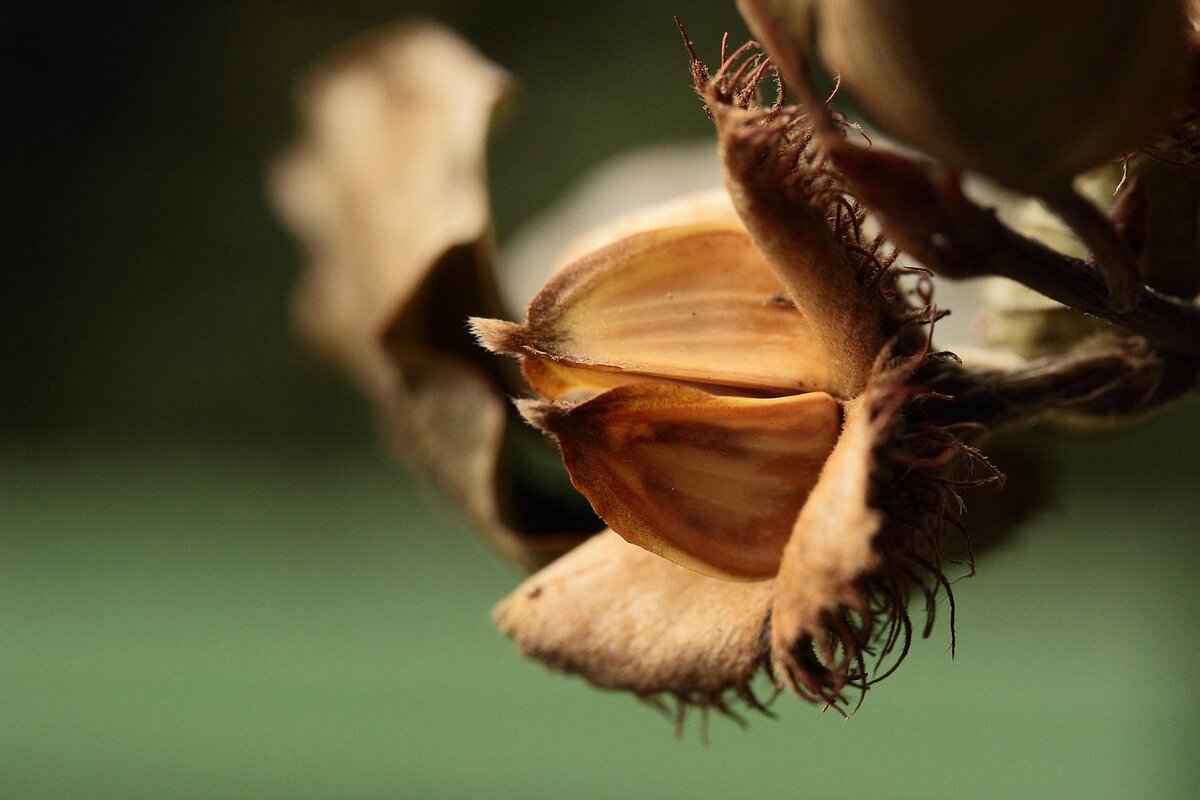
How Long Should You Let Chia Seed Pudding Sit?
When it comes to making chia seed pudding, one of the most critical factors to consider is the soaking time for chia seeds. The duration for which you let the seeds soak directly influences the pudding’s texture, leading to either a creamy delight or a rubbery, gelatinous mess. Understanding the optimal soaking time can elevate your chia pudding experience and ensure you achieve the perfect consistency every time.
Chia seeds are unique in their ability to absorb liquid—up to 10-12 times their weight. This property is what makes them an excellent base for puddings. However, the soaking time is crucial. If you soak them for too little time, they remain crunchy, while soaking them for too long can lead to an overly thick, gelatinous texture.
For the best results, it is recommended to let chia seeds soak for at least 4 hours to achieve a smooth and creamy pudding. However, if you prefer a thicker consistency, soaking them overnight is ideal. This allows the seeds to fully hydrate and expand, resulting in a luscious pudding that is both satisfying and nutritious.
- Seed Quality: Fresh, high-quality chia seeds will absorb liquid more efficiently.
- Liquid Temperature: Warmer liquids can speed up the soaking process, while cold liquids may require longer soaking times.
- Desired Texture: If you enjoy a thicker pudding, consider extending the soaking time to 6-8 hours.
To ensure your chia pudding reaches the desired creamy texture, follow these steps:
1. Combine chia seeds with your choice of milk (dairy or plant-based).2. Stir well to prevent clumping.3. Cover the mixture and place it in the refrigerator.4. Allow it to soak for the recommended time.5. Stir again before serving to achieve a uniform texture.
Many home cooks encounter issues with chia seed pudding due to improper soaking times. Here are some common mistakes:
- Not stirring the mixture after adding chia seeds, leading to clumps.
- Using too little liquid, which results in a dry pudding.
- Soaking for too short a time, leaving the seeds crunchy.
Depending on the recipe you are following, you might need to adjust the soaking time. For instance, if you are adding ingredients like fruit puree or yogurt, these can alter the consistency and may require a shorter soaking time. Always taste and adjust based on your preference.
In conclusion, mastering the soaking time for chia seeds is essential for creating a delicious pudding that meets your texture preferences. By experimenting with different soaking durations and understanding the factors that affect the outcome, you can enjoy a creamy and satisfying chia seed pudding that is both healthy and delightful.
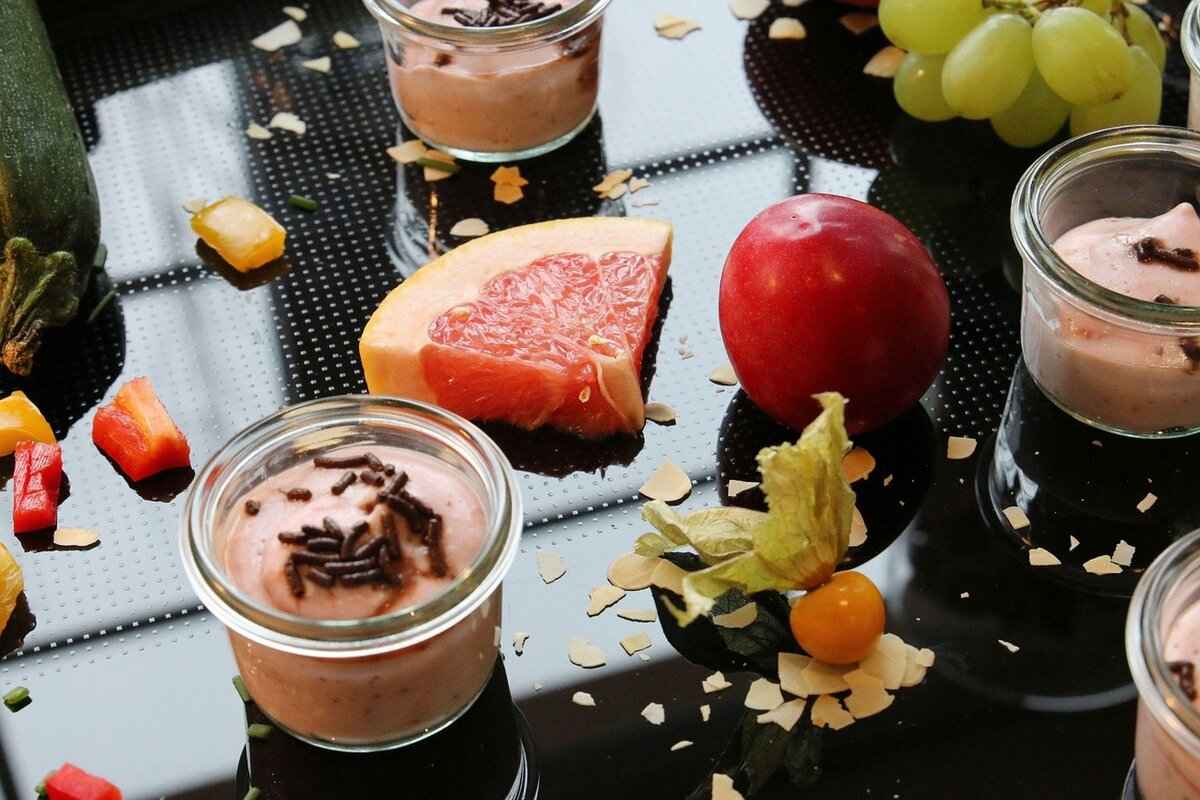
What Flavor Variations Can You Add to Chia Seed Pudding?
Chia seed pudding is not only a nutritious option but also a versatile canvas for flavors. By enhancing your chia seed pudding with various ingredients, you can create a delightful experience that caters to your taste buds. Here, we delve into some popular flavor variations that can transform your pudding into a gourmet treat.
Adding flavors to chia seed pudding can elevate the dish from simple to sensational. Whether you prefer sweet, savory, or something in between, the right enhancements can make your pudding more enjoyable and satisfying. Flavors can also provide additional nutritional benefits, depending on the ingredients you choose.
- Vanilla: A classic choice, vanilla extract or vanilla bean adds a warm, comforting flavor. Just a teaspoon can transform your pudding into a creamy delight.
- Cocoa: For chocolate lovers, unsweetened cocoa powder is a fantastic addition. It not only provides a rich flavor but also adds antioxidants to your dish.
- Fruits: Fresh or frozen fruits like berries, bananas, or mangoes can infuse your pudding with natural sweetness and vibrant colors. Consider pureeing the fruit for a smoother texture or layering it for visual appeal.
- Nut Butters: Adding almond or peanut butter can create a creamy, nutty flavor. This variation not only enhances taste but also boosts protein content.
- Spices: Experimenting with spices such as cinnamon, nutmeg, or cardamom can add warmth and complexity to your pudding. A dash of spice can make a significant difference.
When adding flavors, it’s essential to do so in moderation. Start with small amounts and adjust according to your preference. Mix your chosen flavoring with the milk before adding chia seeds to ensure even distribution. Allow the mixture to sit for a few minutes before adding the chia seeds, as this can help the flavors meld together.
Don’t hesitate to get creative! Here are a few flavor combinations that can take your chia seed pudding to the next level:
- Chocolate Banana: Combine cocoa powder with mashed bananas for a rich, indulgent treat.
- Berry Bliss: Mix in a variety of berries with a hint of vanilla for a refreshing explosion of flavor.
- Spiced Apple: Add diced apples with cinnamon for a cozy, fall-inspired pudding.
Once you’ve flavored your chia seed pudding, consider how to serve it. Top with granola, shredded coconut, or additional fruit to add texture and visual appeal. Layering your pudding in a glass with different flavors can create an eye-catching dessert that is as beautiful as it is delicious.
Enhancing your chia seed pudding with flavors is an exciting way to explore new tastes and textures. By incorporating various ingredients, you can customize your pudding to suit your preferences and dietary needs. The possibilities are endless, so let your creativity shine and enjoy the process of making this nutritious dish your own!
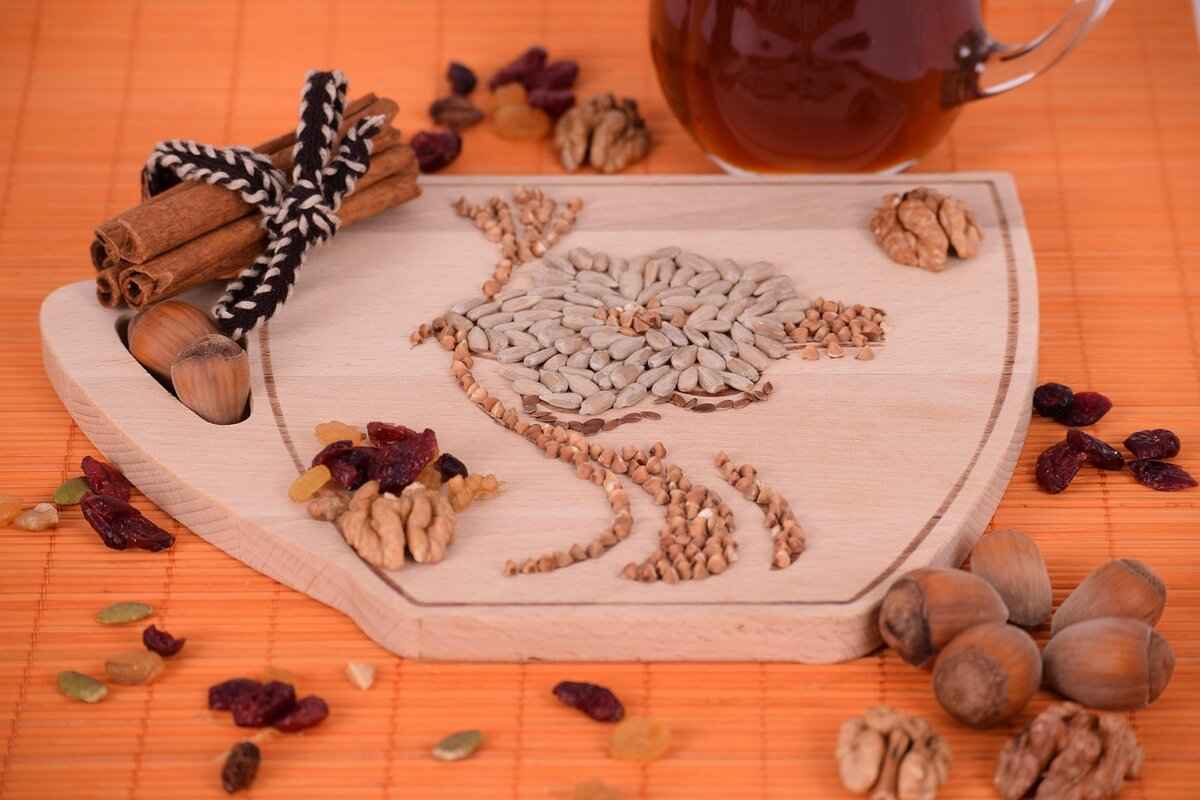
How to Serve Chia Seed Pudding Creatively?
Serving chia seed pudding can be a delightful experience, transforming a simple dish into a stunning centerpiece for any meal. With a few creative presentation ideas and thoughtful toppings, you can enhance both the flavor and visual appeal of your chia seed pudding. Here, we explore various ways to serve this nutritious treat that will impress your guests and elevate your dining experience.
Presentation plays a crucial role in how we perceive food. A beautifully served dish can stimulate the appetite and create excitement around the meal. When it comes to chia seed pudding, the way you present it can enhance its appeal, making it not just a healthy option but also a feast for the eyes.
- Layered Parfaits: Use clear glasses to create visually appealing layers of chia seed pudding, yogurt, and fresh fruits. This not only looks stunning but also allows for a variety of flavors in each bite.
- Mini Jars: Serve individual portions in small mason jars. This rustic presentation adds charm and makes it easy for guests to grab and enjoy.
- Edible Bowls: Consider serving chia pudding in edible bowls made from fruits like oranges or coconuts. This not only enhances the presentation but also adds a unique flavor to your dish.
Choosing the right toppings can take your chia seed pudding to the next level. Here are some popular options:
- Fresh Fruits: Berries, bananas, and mango slices add natural sweetness and vibrant colors.
- Nuts and Seeds: Chopped almonds, walnuts, or pumpkin seeds provide a satisfying crunch and additional nutrients.
- Sweeteners: Drizzle honey, maple syrup, or agave nectar for a touch of sweetness that complements the pudding.
- Spices: A sprinkle of cinnamon or nutmeg can add warmth and depth to the flavor profile.
Garnishes can elevate the visual appeal of your chia seed pudding. Here are some ideas:
- Edible Flowers: Adding edible flowers like violets or nasturtiums can create a stunning presentation.
- Chocolate Shavings: For a decadent touch, sprinkle dark chocolate shavings on top.
- Herbs: Fresh mint leaves can provide a refreshing contrast and enhance the overall look.
Consider the occasion when serving chia seed pudding:
- Breakfast: Pair with granola and fresh fruit for a wholesome start to the day.
- Dessert: Add a layer of whipped cream and chocolate sauce for an indulgent treat.
- Brunch: Serve alongside a selection of pastries and smoothies for a colorful brunch spread.
By incorporating these creative serving ideas and toppings, you can transform chia seed pudding into a gourmet experience that delights the senses. Remember, the key is to be imaginative and have fun with your presentation, ensuring that each serving is not only delicious but also a feast for the eyes!
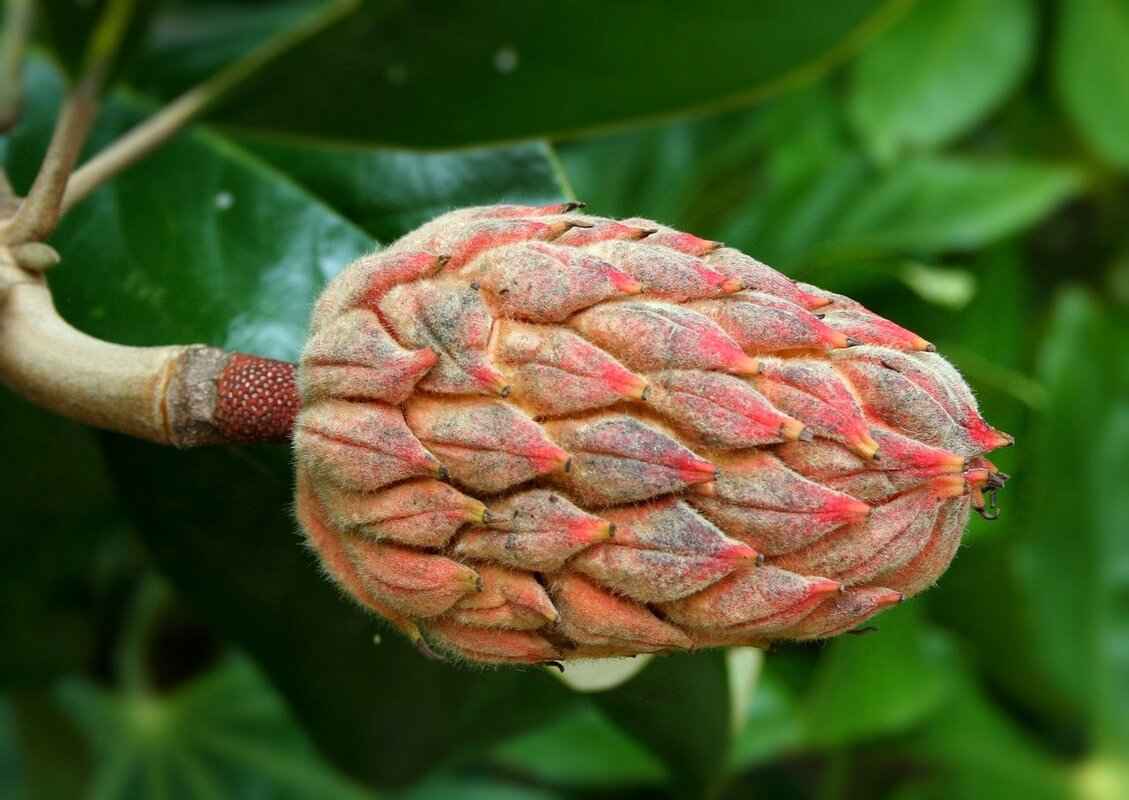
Are There Any Common Mistakes to Avoid?
When it comes to creating the perfect chia seed pudding, avoiding common mistakes can significantly enhance your results. Many home cooks encounter similar pitfalls, which can lead to a less than desirable texture or flavor. By understanding these frequent errors and how to correct them, you can achieve a smoother and creamier pudding that delights your taste buds.
- Incorrect Chia Seed to Liquid Ratio: One of the most prevalent mistakes is using the wrong ratio of chia seeds to milk. The ideal ratio is typically 1:4, meaning one part chia seeds to four parts liquid. Using too few seeds can result in a runny pudding, while too many can create a gelatinous texture.
- Insufficient Soaking Time: Chia seeds need adequate time to absorb liquid and expand. A common error is not allowing the pudding to sit long enough, leading to a gritty texture. Aim for at least 4 hours or overnight for the best results.
- Neglecting to Stir: Failing to stir the mixture after combining ingredients can lead to clumping. It’s crucial to mix the chia seeds with the liquid thoroughly and then stir again after about 10-15 minutes to ensure even distribution.
- Using Low-Quality Ingredients: The quality of your milk and any flavorings can drastically affect the outcome. Opt for fresh, high-quality ingredients to enhance the flavor and texture of your pudding.
- Ignoring Flavor Enhancements: Some may skip adding sweeteners or flavorings, resulting in a bland pudding. Consider incorporating natural sweeteners like honey or maple syrup and flavorings such as vanilla extract or cocoa powder for a more enjoyable taste.
To ensure your chia seed pudding turns out perfectly, follow these tips:
- Measure Accurately: Use a measuring cup to get the right chia seed to milk ratio. This ensures consistency every time you prepare the pudding.
- Be Patient: Allow your pudding to sit for the recommended time. If you’re in a hurry, consider making it the night before so it’s ready in the morning.
- Mix Well: After combining the ingredients, give it a good stir and revisit the mixture after a few minutes. Stir again to break up any clumps that may form.
- Invest in Quality: Choose organic or high-quality chia seeds and milk to enhance the overall flavor and nutritional benefits of your pudding.
- Experiment with Flavors: Don’t hesitate to get creative! Add fruits, nuts, or spices to elevate your chia seed pudding. This not only improves taste but also adds nutritional value.
By steering clear of these common mistakes, you can enjoy a chia seed pudding that is not only delicious but also packed with nutrients. A well-prepared pudding offers a delightful texture and flavor, making it a perfect breakfast or snack option. Plus, understanding how to avoid these errors can boost your confidence in the kitchen, encouraging you to experiment with different variations.
In summary, mastering the art of chia seed pudding involves recognizing and correcting common mistakes. With the right techniques and a bit of patience, you can create a delightful treat that is both satisfying and nutritious.
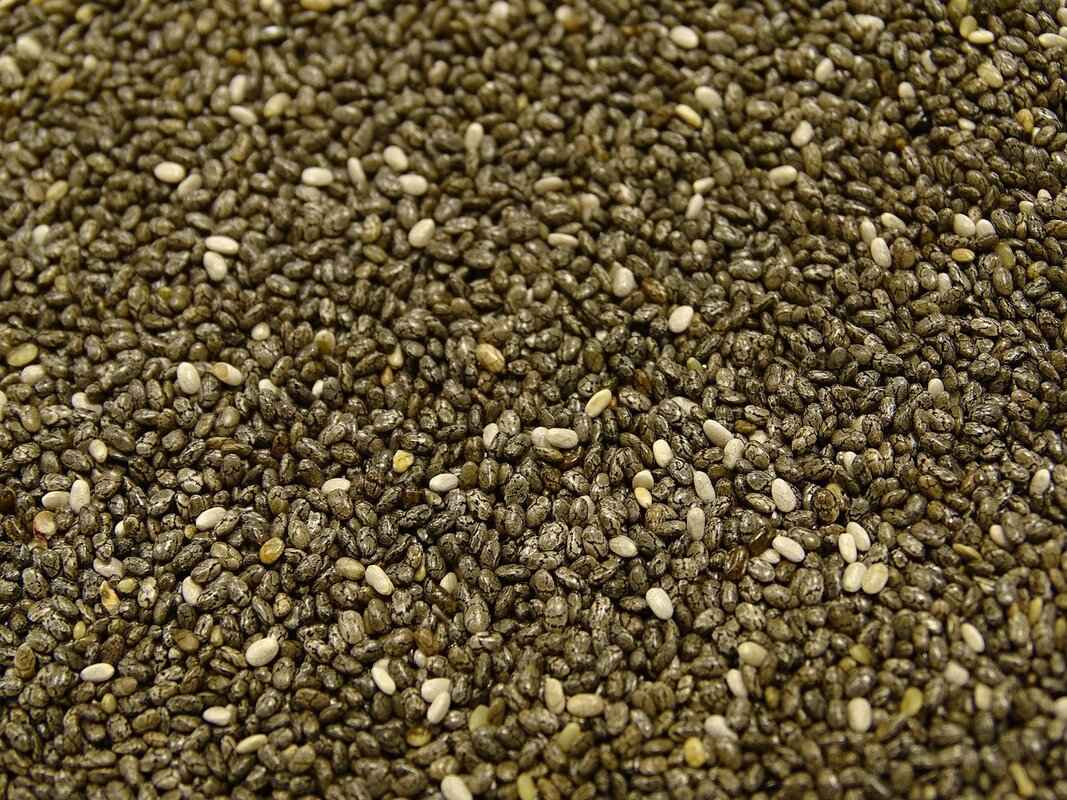
How to Store Chia Seed Pudding for Maximum Freshness?
Storing chia seed pudding correctly is crucial for preserving its freshness and flavor. Proper storage techniques not only extend the shelf life of your pudding but also maintain its delightful texture. Here, we will discuss the best practices for refrigeration and how to ensure that your chia seed pudding remains delicious for as long as possible.
Chia seed pudding, when prepared correctly, can last in the refrigerator for up to 5 to 7 days. However, this duration can vary based on the ingredients used and how it is stored. It is essential to monitor the pudding for any signs of spoilage, such as an off smell or unusual texture.
- Use Airtight Containers: Store your chia seed pudding in airtight containers to prevent exposure to air, which can lead to spoilage and loss of flavor.
- Keep it Cool: Always refrigerate your pudding immediately after preparation. The ideal temperature for storing chia seed pudding is below 40°F (4°C).
- Portion Control: Consider dividing your pudding into individual servings. This way, you only expose a portion to air when serving, keeping the rest fresh.
While refrigeration is the most common method of storage, you might wonder if freezing is an option. Yes, you can freeze chia seed pudding, but it may alter the texture. To freeze:
1. Pour the pudding into freezer-safe containers.2. Leave some space at the top, as the pudding will expand when frozen.3. Label the containers with the date and type of pudding.4. Freeze for up to 3 months.
When ready to consume, thaw in the refrigerator overnight and stir well before serving.
To ensure your chia seed pudding is safe to eat, look for the following signs of spoilage:
- Off Odors: If your pudding has an unpleasant smell, it’s best to discard it.
- Change in Texture: If the pudding becomes overly watery or develops a strange consistency, it’s time to throw it away.
- Mold Growth: Any visible mold indicates that the pudding is no longer safe to eat.
To keep your chia seed pudding tasting fresh throughout the week, consider the following tips:
- Add Fresh Ingredients Later: If you plan to add fruits or toppings, do so just before serving to maintain their freshness.
- Use High-Quality Ingredients: The quality of the milk and sweeteners you use can affect the pudding’s overall shelf life.
- Keep it Covered: Always keep your pudding covered to prevent it from absorbing odors from other foods in the refrigerator.
By implementing these storage techniques, you can enjoy your chia seed pudding for longer while maintaining its delightful taste and texture. Proper storage is the key to maximizing the enjoyment of this nutritious treat!
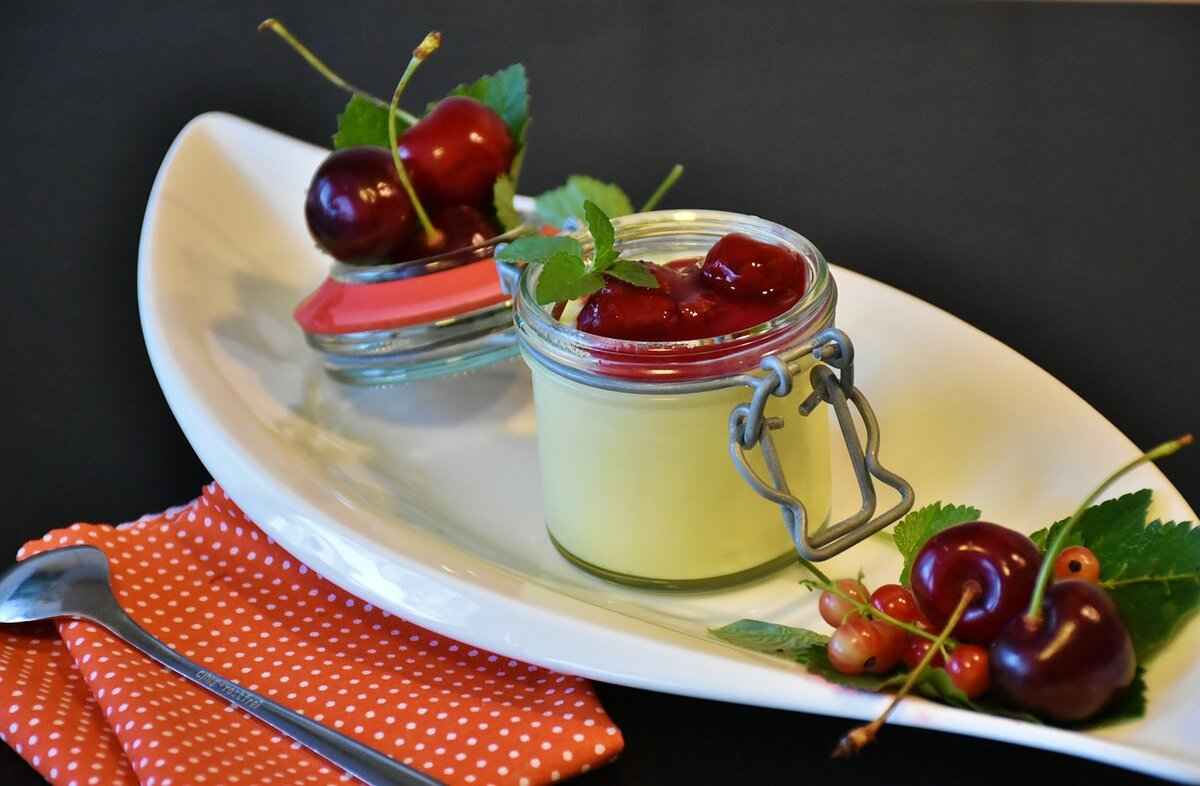
What Are the Nutritional Facts of Chia Seed Pudding?
When it comes to nutritious snacks, chia seed pudding stands out as a popular choice. Understanding the nutritional profile of this delightful dish can enhance your appreciation for its health benefits. Let’s delve into the key components that make chia seed pudding a powerhouse of nutrients.
Chia seeds are tiny, yet they are packed with an impressive array of nutrients. When combined with milk or a milk alternative to make pudding, they create a creamy, satisfying dish that is both delicious and beneficial for your health. Below, we explore the essential nutritional elements of chia seed pudding:
| Nutrient | Amount per Serving (1/2 cup) |
|---|---|
| Calories | 150-200 |
| Protein | 5-6 grams |
| Fat | 8-10 grams |
| Carbohydrates | 15-20 grams |
| Fiber | 10-12 grams |
| Calcium | 200-300 mg |
| Omega-3 Fatty Acids | 2-5 grams |
As illustrated in the table above, chia seed pudding is relatively low in calories while being high in fiber, which promotes digestive health. The significant amount of omega-3 fatty acids contributes to heart health and reduces inflammation. Moreover, the protein content makes it a suitable option for those looking to increase their protein intake without consuming animal products.
Additionally, chia seeds are rich in essential vitamins and minerals, including calcium, which is vital for bone health, and various antioxidants that help combat oxidative stress. The combination of these nutrients makes chia seed pudding not just a tasty treat, but a complete meal option that supports overall well-being.
For those who are conscious about their dietary choices, chia seed pudding can be easily customized. You can enhance its nutritional value by adding ingredients such as fruits for natural sweetness, nut butters for added protein, or cocoa powder for a chocolatey twist. These additions not only improve the flavor but also increase the nutrient density of the pudding.
In summary, understanding the nutritional facts of chia seed pudding reveals its potential as a healthy snack or meal replacement. With its rich profile of macronutrients and vitamins, it’s clear why this dish has gained popularity among health-conscious individuals. Embrace this delightful pudding as a versatile addition to your diet, and enjoy the myriad health benefits it offers!
Frequently Asked Questions
- Can I use any type of milk for chia seed pudding?
Absolutely! You can use dairy milk, almond milk, coconut milk, or even oat milk. Each type of milk brings its unique flavor and texture, so feel free to experiment and find what you love best!
- How long do I need to soak chia seeds?
Generally, soaking chia seeds for at least 2 hours is recommended. However, for the creamiest texture, letting them sit overnight in the fridge works wonders!
- What’s the best way to flavor my chia seed pudding?
Flavoring your pudding is a breeze! You can mix in vanilla extract, cocoa powder, or even fresh fruit. Just think of it like dressing a salad—get creative and make it your own!
- How should I store chia seed pudding?
Store your chia seed pudding in an airtight container in the fridge. It typically lasts up to 5 days, but trust me, it won’t last that long because it’s just too delicious!
- What are the health benefits of chia seeds?
Chia seeds are nutritional powerhouses! They’re loaded with omega-3 fatty acids, fiber, and protein, which can help with digestion and keep you feeling full.

